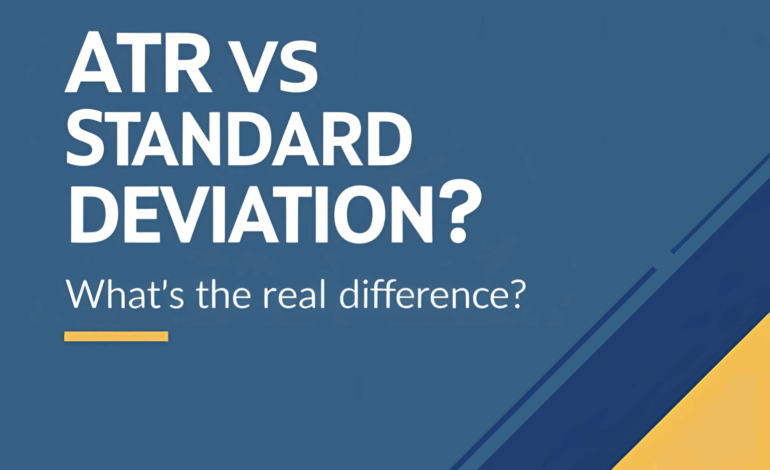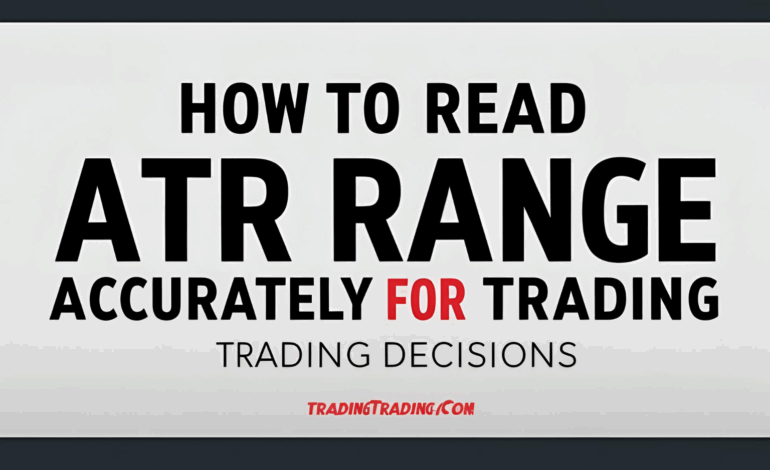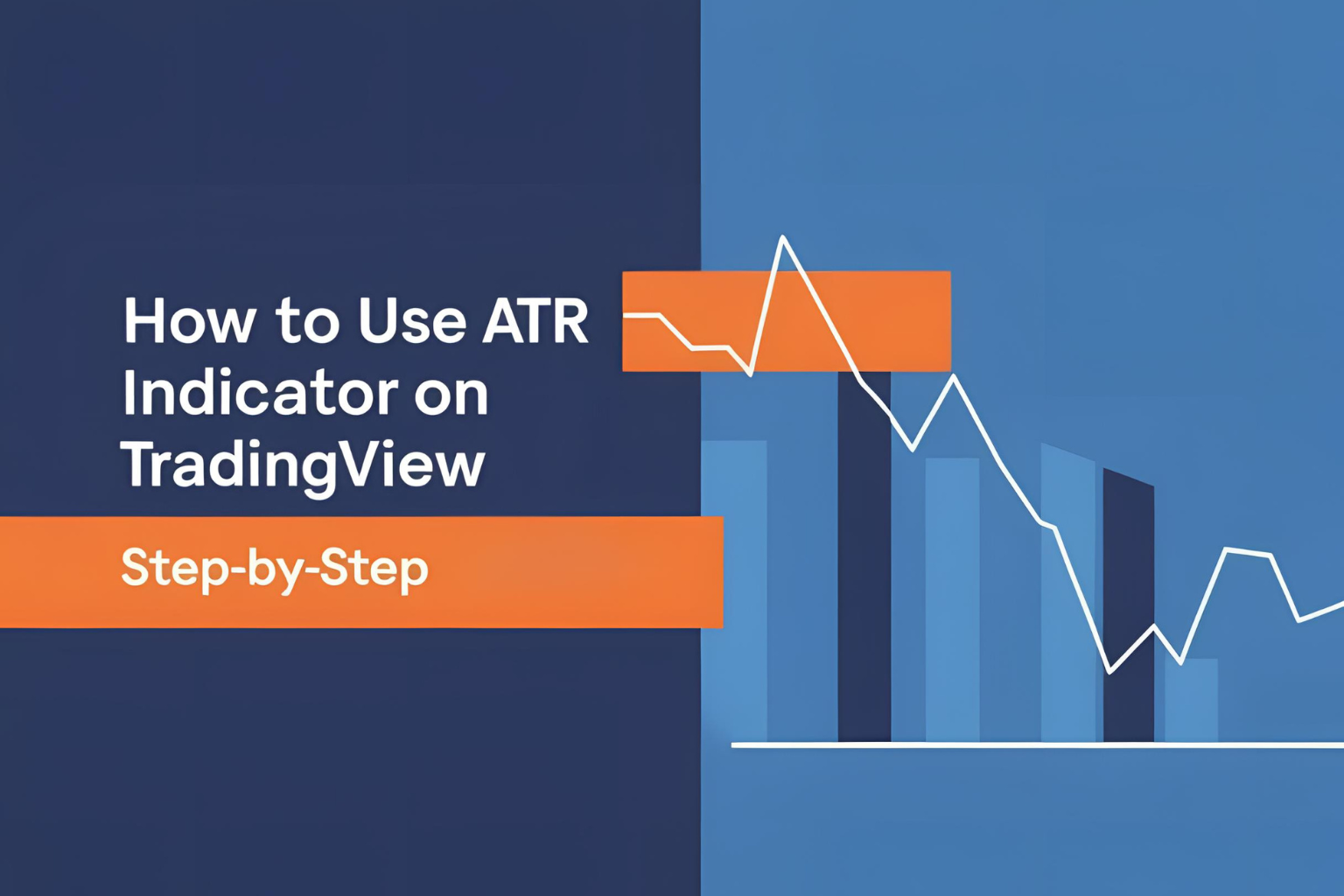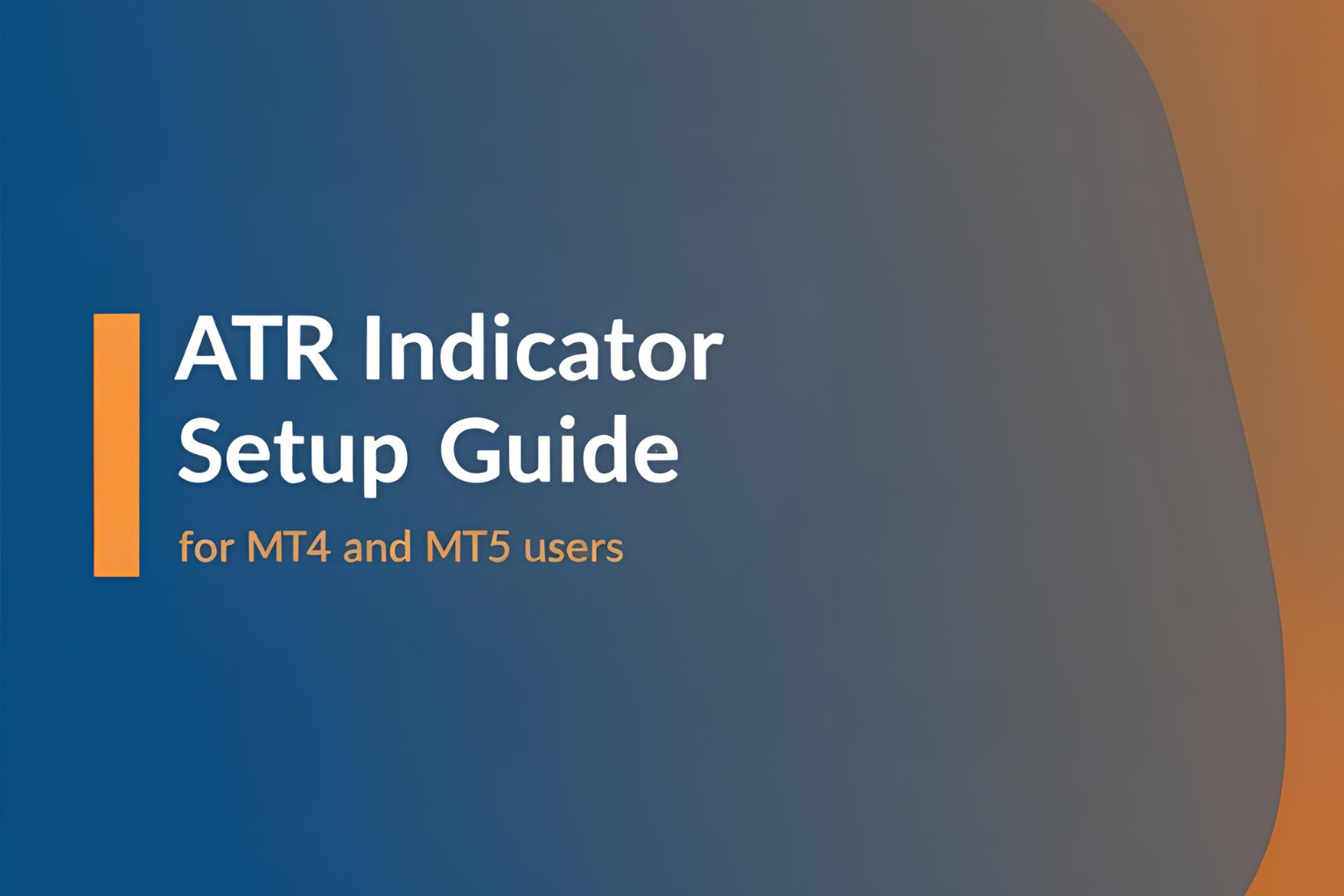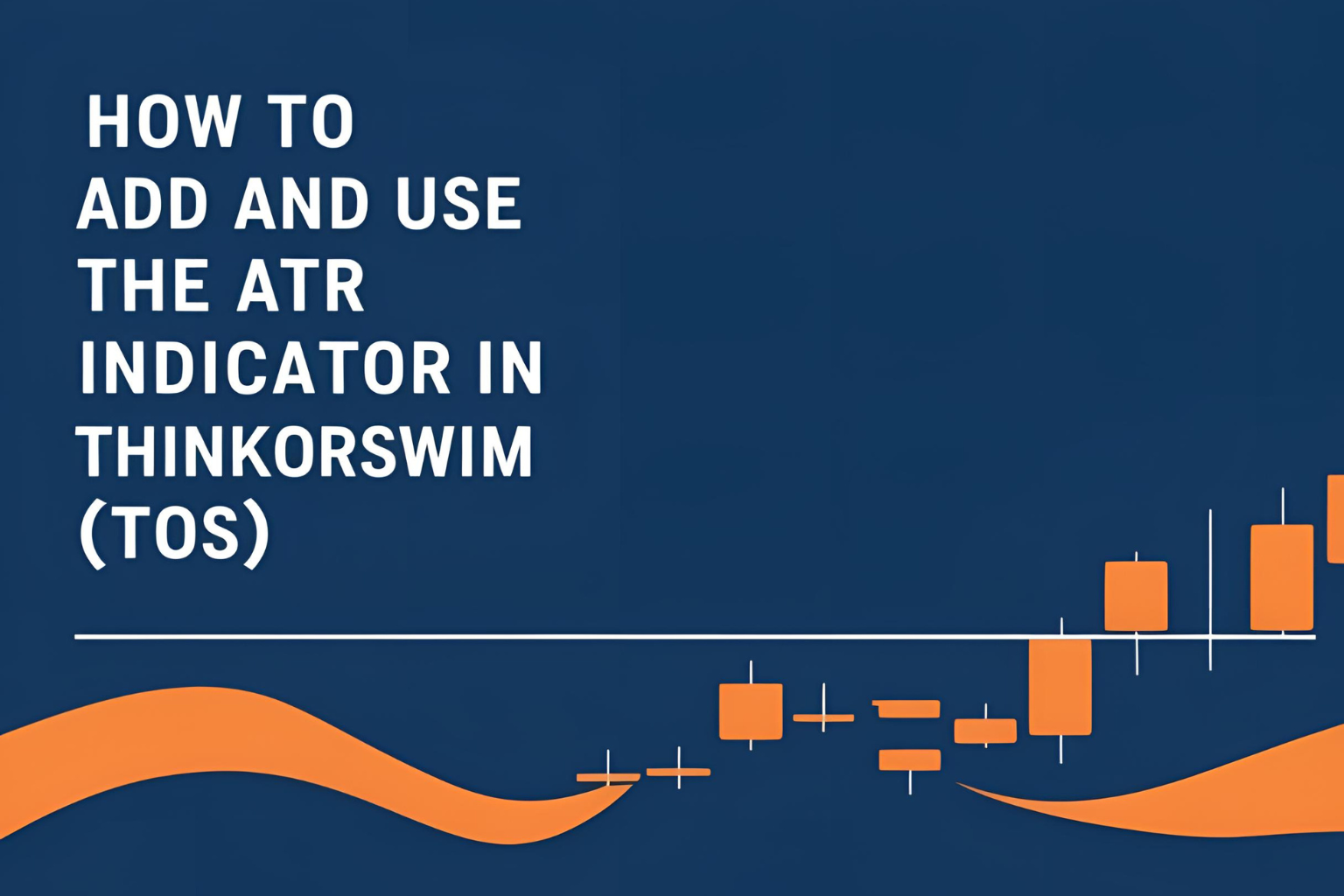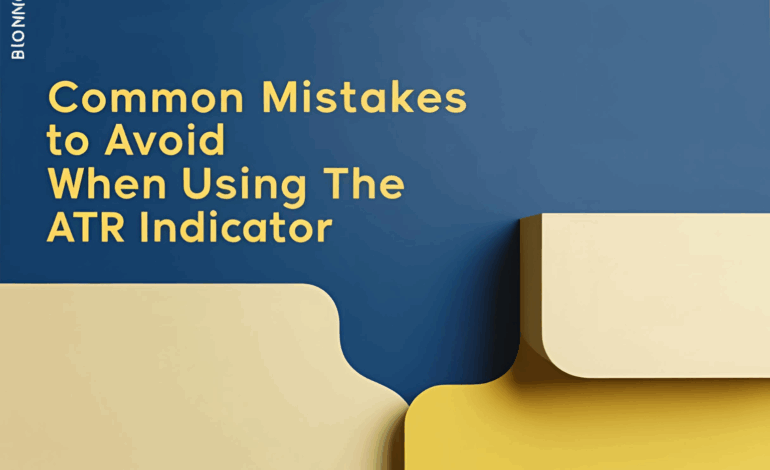
Common Mistakes to Avoid When Using the ATR Indicator
The ATR (Average True Range) indicator is a powerful tool for measuring market volatility, but many traders misuse or misunderstand it. Knowing what not to do is just as important as understanding how to use it. This article highlights the top ATR indicator mistakes traders make—and how to avoid them for better results.
Mistake #1: Using ATR for Buy/Sell Signals
Reality: ATR is not a directional indicator.
- It doesn’t tell you when to buy or sell.
- It only shows how much the market is moving.
What to do instead:
Use ATR as a volatility filter, not a trigger. Combine it with trend or momentum indicators like MACD, RSI, or moving averages to guide entries.
Mistake #2: Ignoring Timeframe Relevance
Reality: ATR values vary significantly across timeframes.
- An ATR on a 5-minute chart is not comparable to a daily chart.
- Using mismatched ATR settings can distort stop-loss and target placement.
What to do instead:
Match your ATR period and strategy to your chosen timeframe:
- Scalping: ATR(5) to ATR(10) on short charts
- Swing trading: ATR(14) to ATR(21) on 4H/Daily
Mistake #3: Using a Fixed Stop Instead of ATR-Based Stop
Reality: Fixed pip or point stops don’t adapt to changing volatility.
- You risk getting stopped out in high-volatility markets.
- Or, taking excessive risk in calm markets.
What to do instead:
Use ATR-based stop-losses like:
- 1.5 × ATR = moderate risk
- 2 × ATR = conservative protection
Mistake #4: Relying on ATR Alone
Reality: ATR doesn’t provide market structure or trend confirmation.
- A rising ATR alone doesn’t mean a good trade opportunity.
- It can occur during both trend continuation and chaotic reversals.
What to do instead:
Pair ATR with context:
- Use price action or support/resistance
- Combine with directional tools (Supertrend, MACD, EMA)
- Validate breakouts using ATR plus price behavior
Mistake #5: Overcomplicating ATR Period Settings
Reality: Many traders waste time tweaking ATR from 13.7 to 14.2 hoping for a better signal.
What to do instead:
Stick to effective ranges:
- ATR(10): fast
- ATR(14): balanced
- ATR(21): smooth
Only optimize further if you are backtesting or system-building.
Mistake #6: Ignoring Low ATR Conditions
Reality: Low ATR can signal a consolidating or sideways market, which is often bad for trend-based trades.
What to do instead:
- Avoid initiating new positions when ATR is flat or declining
- Wait for ATR to rise to confirm a potential breakout or trend resumption
Conclusion
The ATR indicator is a valuable part of any trader’s toolbox—but only when used correctly. Avoiding these common mistakes will help you get more accurate stop placements, avoid false signals, and improve your overall risk management. Always use ATR as part of a larger strategy, not a standalone tool.
✅ FAQs
1. Can I trade using ATR alone?
No. ATR should be combined with trend or momentum indicators for trade direction.
2. What’s the biggest mistake with ATR?
Using it for entry signals instead of volatility measurement.
3. Is it okay to use the same ATR period for all timeframes?
No. Adjust based on whether you’re scalping, day trading, or swing trading.
4. How can I use ATR effectively in strategies?
Use it for stop-loss placement, filtering trades, and confirming volatility strength.
5. Can ATR be misleading in sideways markets?
Yes, especially when ATR is low—such markets may not favor breakout or trend trades.

